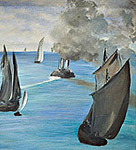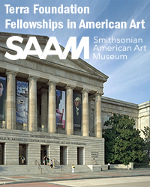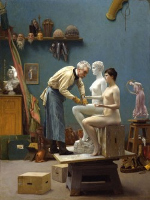X
Please wait for the PDF.
The browser will either open the file, download it, or display a dialog.
The browser will either open the file, download it, or display a dialog.
Painting seascapes in Boulogne in the summer of 1864, Manet discovered a new kind of compositional space that would have a profound impact on his art. This essay examines some psychological writing from the 1860s that can be seen to prefigure Freud's idea of the "oceanic feeling," and argues that a new conception of human freedom in Manet's art ultimately emerges from the radical mobility of the subject that was first constructed in the seascapes.
In 1891, Signac painted a series of five seascapes picturing boats afloat on the water off the coast of Brittany. The artist assigned each canvas an opus number and a musical title, creating a pictorial symphony in five "movements." This article explores the artistic and political significance of Signac's use of music in the construction of his seascapes.
This article traces the life, work, and artistic vision of the turn-of-the-century Minneapolis interior designer John Scott Bradstreet, from his beginnings as a furniture merchant through his development into a self-fashioned American Aesthete. It looks especially at his trademark method of Jin-di-sugi woodworking.
Alexandre Cabanel was one of the most fashionable portraitists of the late nineteenth-century, both in Europe and the United States. This essay investigates the reasons why wealthy women of the early Gilded Age chose Cabanel to paint their likenesses.










